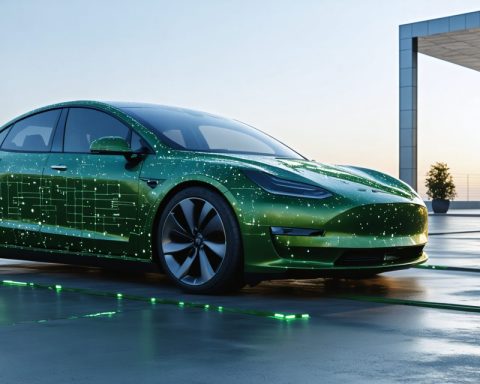
The Green Revolution: How a Swiss Innovator is Turning Used Electric Car Batteries into Europe’s Energy Future
Libattion is advancing energy storage innovations in Biberist, near Bern and Basel, focusing on reusing electric vehicle batteries. By 2026, the company’s production capacity





















